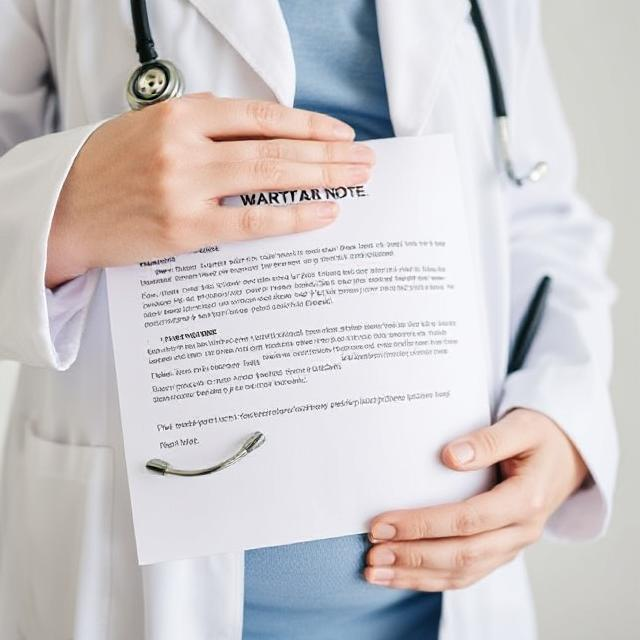Maternity Leave Rules – Understanding Your Workplace Rights
Maternity leave rules outline the rights and benefits of employees during pregnancy and after childbirth. These rules vary by country but typically grant paid or unpaid leave for a specific duration, ensuring job security. Employers may require advance notice and medical certification. Some policies include extended leave for medical complications or parental bonding. Maternity leave rules also protect employees from discrimination or dismissal due to pregnancy. In some cases, benefits include paid leave through government or employer-sponsored programs. Understanding maternity leave rules helps expectant mothers plan effectively while balancing work and family responsibilities, ensuring a smooth transition back to work.

Maternity Leave Rules: Guide
Maternity leave is a crucial benefit designed to support expecting and new mothers during pregnancy, childbirth, and postpartum recovery. Understanding your workplace rights ensures you can take the time you need without jeopardizing your job or financial stability. Here’s a detailed overview of maternity leave rules and your rights:
1. Eligibility for Maternity Leave
- a. Federal Laws (U.S.): Under the Family and Medical Leave Act (FMLA), eligible employees are entitled to up to 12 weeks of unpaid leavewithin a 12-month period for the birth and care of a newborn. To qualify, you must:
- Work for a covered employer (private sector with 50+ employees, public agencies, or schools).
- Have worked for the employer for at least 12 months.
- Have logged at least 1,250 hours during the previous 12 months.
- b. State Laws: Some states offer additional protections or paid leave programs. For example, California, New York, and New Jersey provide paid family leave benefits.
2. Duration of Maternity Leave
- The standard duration under FMLA is 12 weeks, but this can vary depending on state laws, employer policies, or medical needs.
- If complications arise during pregnancy or childbirth, you may qualify for additional leave under the Americans with Disabilities Act (ADA) or short-term disability insurance.
3. Paid vs. Unpaid Leave
- Unpaid Leave: FMLA guarantees unpaid leave, meaning your job is protected, but you may not receive a salary during this time.
- Paid Leave: Some employers offer paid maternity leave as part of their benefits package. Additionally, states with paid family leave programs provide partial wage replacement.
- Short-Term Disability: If your employer offers this benefit, it may cover a portion of your salary during maternity leave, typically for 6-8 weeks postpartum.
4. Job Protection
- Under FMLA, your employer must restore you to the same or an equivalent position upon your return. You cannot be demoted, fired, or penalized for taking maternity leave.
- If your employer violates these protections, you may file a complaint with the U.S. Department of Labor.
5. Health Insurance Continuation
- During FMLA leave, your employer must maintain your group health insurance coverage under the same terms as if you were working. You are still responsible for your share of premiums.
6. Notice Requirements
- You must provide your employer with 30 days’ notice before taking maternity leave, if possible. If the leave is unexpected (e.g., due to medical complications), notify your employer as soon as practicable.
7. Paternity and Parental Leave
- Fathers and adoptive parents may also be eligible for paternity or parental leave under FMLA or state-specific programs. Check your employer’s policies for details.
8. Employer Policies
- Some companies offer more generous maternity leave benefits than required by law. Review your employee handbook or consult HR to understand your specific entitlements.
9. International Perspectives
- Many countries offer more extensive maternity leave benefits than the U.S. For example, Canada provides up to 18 months of paid leave, while the UK offers up to 52 weeks.
10. Tips for Navigating Maternity Leave
- Plan Ahead: Discuss your leave with HR and your supervisor early to ensure a smooth transition.
- Document Everything: Keep records of all communications and paperwork related to your leave.
- Know Your Rights: Familiarize yourself with federal, state, and employer-specific policies to advocate for yourself effectively.
A doctor’s note for post-pregnancy employment is a medical clearance letter confirming that a new mother is physically and medically fit to return to work after childbirth. It may include any necessary work restrictions or accommodations for postpartum recovery.

By understanding your maternity leave rights, you can confidently plan for this important time in your life while ensuring your career and financial stability remain secure. Always consult HR or a legal professional if you have specific questions or concerns.
